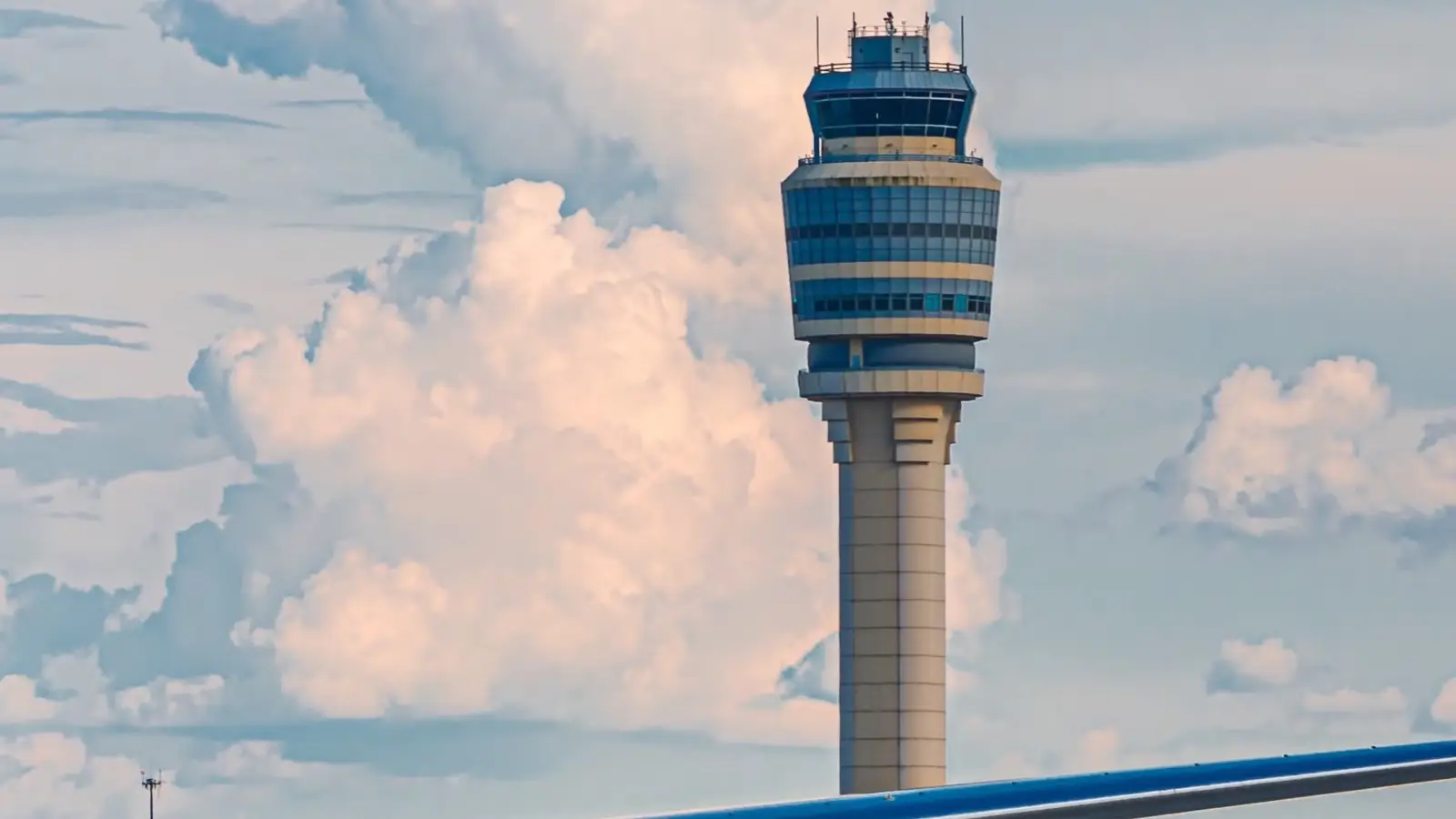
Air travel is currently being disrupted nationwide as the US government shutdown continues to worsen longstanding air traffic control shortages. The Federal Aviation Administration (FAA) reported staffing shortfalls at a dozen facilities across the country on Monday. Both Newark Liberty International Airport (EWR) and Denver International Airport (DEN) saw average delays exceeding 30 minutes, and Burbank Airport (BUR) even had no controllers in the tower for five hours and saw traffic directed remotely.
Secretary of Transportation Sean Duffy cited an uptick in controllers calling in sick (normal around this time of year) as compounding issues related to the shutdown. He warned that delays and cancellations will only continue to grow as the Federal Aviation Administration slows arrival rates, as safety becomes a larger concern. The controllers’ unions have urged an end to the shutdown, noting fatigue among controllers as a key challenge. A prolonged funding collapse could halt the Essential Air Service’s new subsidies, threatening rural connectivity across the country.
A Brief Overview Of How The Government Shutdown Is Impacting ATC
The Federal Aviation Administration (FAA)’s shutdown will be straining US air traffic control, magnifying long-standing staffing gaps and ultimately forcing controllers to work without pay. The FAA has reported shortages at dozens of facilities across the United States, slowing airport arrival rates to preserve overall safety. This has ultimately led to nationwide delays and cancellations, with Newark and Denver emerging as two clear hotspots.
The Hollywood Burbank tower had no staff, forcing Southern California’s TRACON to handle traffic remotely. Secretary of Transportation Sean Duffy blamed an uptick in sick calls as another factor that could be behind these prolonged issues. However, we saw no statistical evidence that allowed us to determine if this factor is all that relevant. In a statement published by NPR, Duffy had the following words to share:
“If we see there’s issues in the tower that are affecting controllers’ ability to effectively control the airspace, we’ll reduce the rate, and you’ll see more delays, or you might see a cancellation.”
What Does This Mean For Passengers?
Passengers can now expect longer waits, delays, and the occasional cancellation as the Federal Aviation Administration (FAA) lowers airport arrival rates in order to keep airport operations safe despite having fewer controllers on hand. Ground delays at hubs like Newark and Denver will ripple across networks, ultimately leading to missed connections and tighter rebookings.
Some towers may have to go dark and have traffic handled fully remotely, which becomes much more dangerous if something happens that limits controllers’ ability to see. This will still keep aircraft moving but obviously increases risks to passenger safety. Customer service lines will become increasingly busy, and passengers will be able to rebook comfortably in their airline’s app in order to track flights in real time. Passengers should work bigger connection buffers into their travel plans.
If flights are significantly delayed or canceled, passengers are entitled to rebooking. They can even ask about interline operations or hotel and meal vouchers, according to the carrier’s individual policies. Those traveling to smaller communities could also see service interrupted as a result of the shutdown, as funding for Essential Air Service obligations looks to lapse.
What Is Our Bottom Line?
At the end of the day, the government shutdown is good for no one in aviation. It halts everything from regulatory processes to funding for essential programs. This is all before we even get to what might be going on in the control tower.
Having fewer controllers in ATC towers and having additional work without pay is a recipe for disaster. Even if there are no direct safety implications of this shortage, there will still be some issues to address.